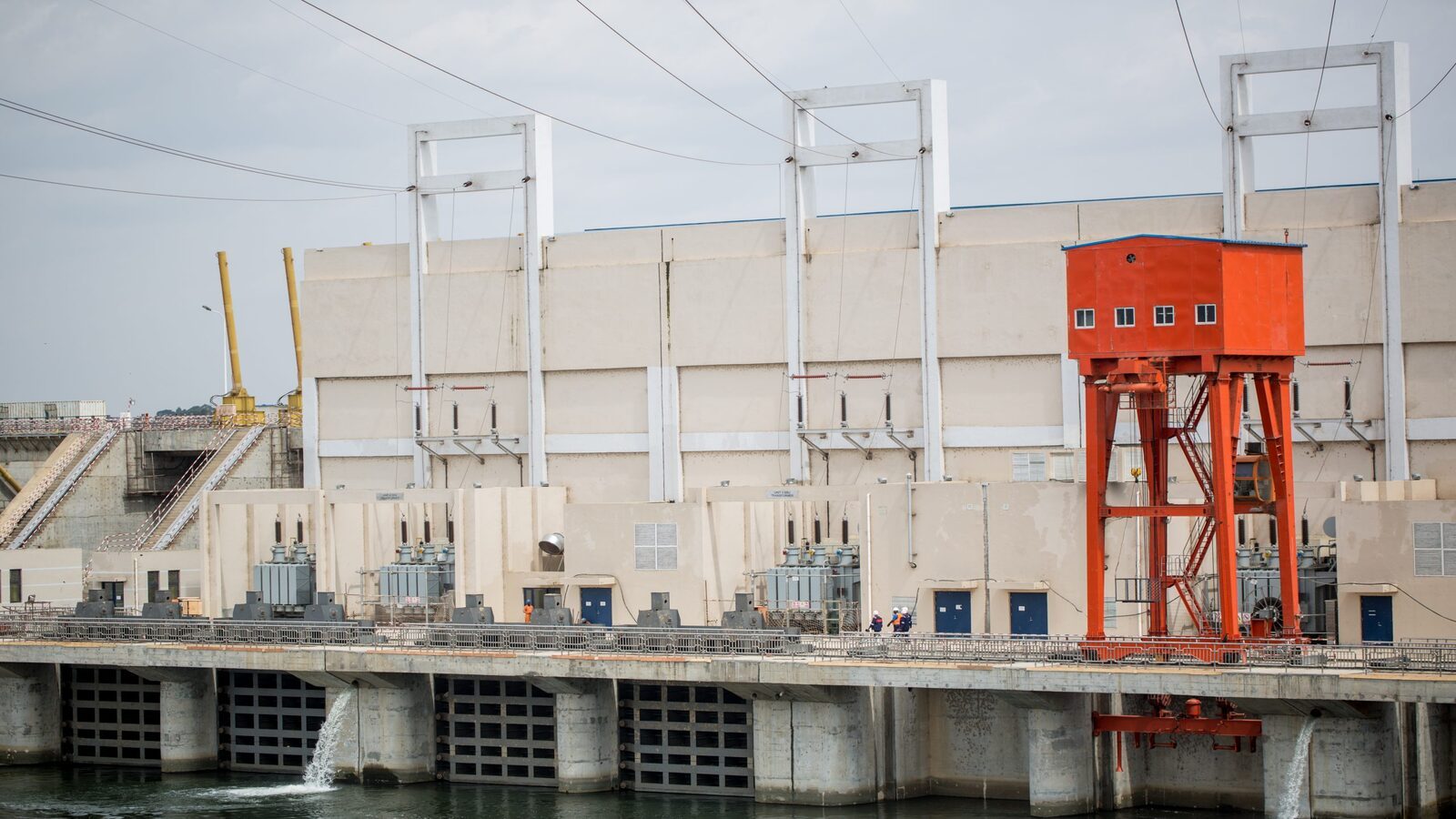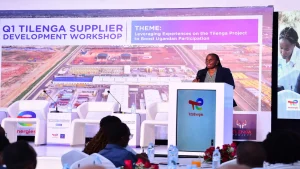Share
The government has begun implementing an energy plan that aims to boost electricity access and affordability.
In addition to attracting public investment, the program aims to entice private investment in the four sectors of generation, transmission, distribution, and exports/imports.
The Energy Policy for Uganda 2023 was introduced on Wednesday at the Sheraton Kampala Hotel, with Prime Minister Robinah Nabanjja serving as the government chief whip.
The policy, which was developed by the energy ministry with assistance from the Broader Energy and Climate Programme of GIZ (the German Agency for International Cooperation), according to Nabanjja, will influence Uganda’s future.
As listed by Nabanjja, Uganda has a wealth of energy sources, including hydropower (15 000 MW), biomass (10 000 MW), solar (10 000 MW), geothermal (1 500 MW potential), peat (800 MW), wind (200 MW), uranium, and fossil fuels.

“Building transparent and equitable partnerships with key technology providers across the globe is necessary for the sustainable development and use of these resources,” Nabanjja added.
She disclosed that the strategy was customized by Cabinet with a focus on many elements, such as anticipated population and workforce growth.
“Youth will make up a sizable component of this population, and we must support them to ensure their employability. Technical Vocational Education and Training (TVET) opportunities must be provided to assist the kids, she stated.
arduous plan
The ambitious energy plan aims to support irrigation and mechanization to increase agricultural and food security, manufacturing, mining, education, and healthcare, as well as rural electrification for inclusive growth and poverty reduction.
The policy was created in accordance with the government’s dedication to regional and international commitments on the energy transition to a zero-carbon economy through strategies on new energy trends, such as the installation of clean energy mini grids (solar PV), the adoption of industrial parks, smart grids, clean energy for transportation (e-mobility), and energy-efficient and intelligent appliances.
The policy addresses nuclear energy, clean cooking, electrical power, access to and access to rural electrification, energy efficiency and conservation, and a few other cross-cutting issues.
Regarding the goals outlined in the Energy Policy for Uganda 2002, the government has made substantial progress. The accomplishments include raising power access from 5% in 2002 to 57% in 2022 and increasing electricity producing capacity from 317 MW in 2002 to 1,378.1 MW in December 2022.
Electricity distribution losses have decreased from nearly 35% (2002) to 16.8% (2019); renewable energy sources now account for the majority of the country’s energy mix; there is an enabling climate for private sector investments; and the energy industry now contributes more to the country’s GDP.
According to the new strategy, the biomass sub-sector has enhanced efficiency initiatives, better sector regulation and liberalization, greater awareness of environmental compliance, and the adoption of various laws and policy instruments to strengthen sector governance.
With a total installed generation capacity of 1,378.1mw and a peak power consumption of roughly 700mw, the national rate of access to electrical connectivity is 57%, with 19% of users connecting to the grid and 38% using off-grid sources. The biggest consumers of energy are households, followed by industry and transportation.









